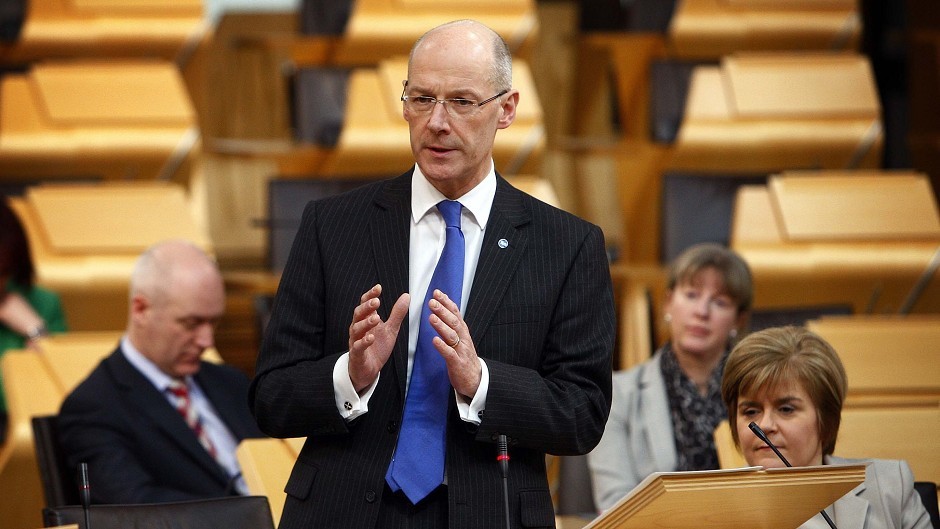The Scottish Government has reversed its decision to impose higher property taxes on middle-income families.
Finance Secretary John Swinney has revised the rates for the new Land and Buildings Transaction Tax (LBTT), which replaces Stamp Duty in Scotland from April.
He estimates that 40,000 people will pay less tax under his new system – and nobody will pay anything on properties costing less than £145,000.
However, those buying at the top end of the market can expect to pay significantly more under the new rules. Mr Swinney said a 12% marginal rate would now apply to people buying houses costing more than £750,000, rather than £1million.
Bob Fraser, Senior Property Partner at Aberdein Considine, said: “These changes lift more first-time buyers out of tax altogether, which will give the lower end of the market a fantastic boost,” he said.
“However, he has tightened the nut at the other end of the market, increasing the levy for those paying more than £900,000. “I think the changes are proportionate and based on the ability to pay. Those buying homes at the £1million mark are less sensitive to tax increases than a first time buyer shopping around at £130,000.”
Mr Swinney’s original plans, announced last October, raised the threshold for paying tax on a home from £125,000 under stamp duty to £135,000, with rates ranging from 2% up to 12% on the portion of any price above £1million. But Chancellor George Osborne has since introduced a new system for the rest of the UK, resulting in properties at the higher end of the market attracting a lower rate of tax than the proposed Scottish system.
Mr Fraser added: “The Scottish Government was boxed into a corner by George Osborne whose Stamp Duty reforms for the rest of the UK were far more palatable for middle-class families.
“However, instead of digging in their heels, the Scottish Government has reacted and eased the burden on those with homes worth between £250,000 and £900,000. I think they deserve credit for that.”
